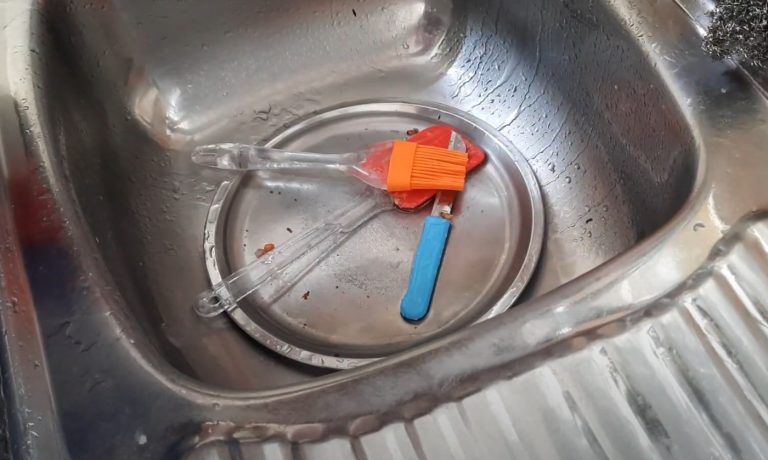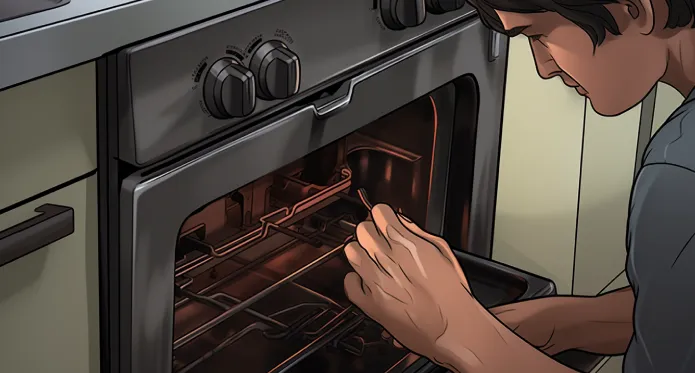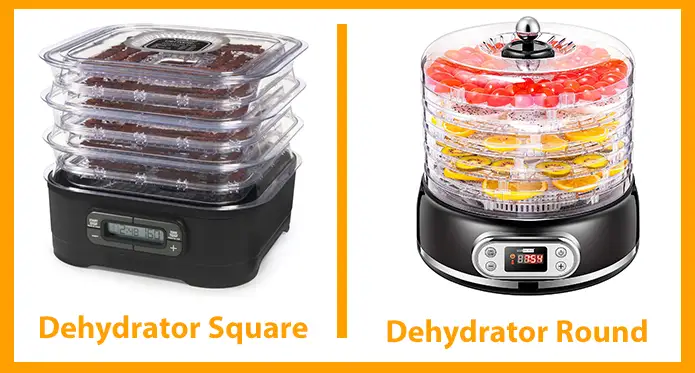Can You Freeze Ricotta Cheese? Find out the Surprising Truth
Yes, you can freeze ricotta cheese! It’s a great way to extend its shelf life. If it’s unopened, store it directly in its packaging.
For opened ricotta, stir and drain excess liquid before portioning it into smaller servings. Use airtight containers or freezer bags to prevent freezer burn.
Keep in mind that freezing may cause a slight change in texture, making it grainier, but the flavor stays intact.
When you’re ready to use it, thaw it in the refrigerator and stir well. Curious about how to best use thawed ricotta in your recipes?
Key Takeaways
- Unopened ricotta cheese can be frozen directly in its original packaging for up to two months.
- Opened ricotta should be stirred, drained, and stored in airtight containers before freezing.
- Portion ricotta into smaller sizes or use ice cube trays for convenient servings when freezing.
- Thaw ricotta in the refrigerator for 24 to 36 hours to maintain quality and safety.
- A grainy texture may occur post-thaw; stirring can help restore creaminess before use.
Steps to Freeze Ricotta Cheese
Freezing ricotta cheese involves a few simple steps to guarantee it stays fresh. Below are the essential tips to ensure you maintain its quality and flavor:
Freezing Unopened Ricotta Cheese
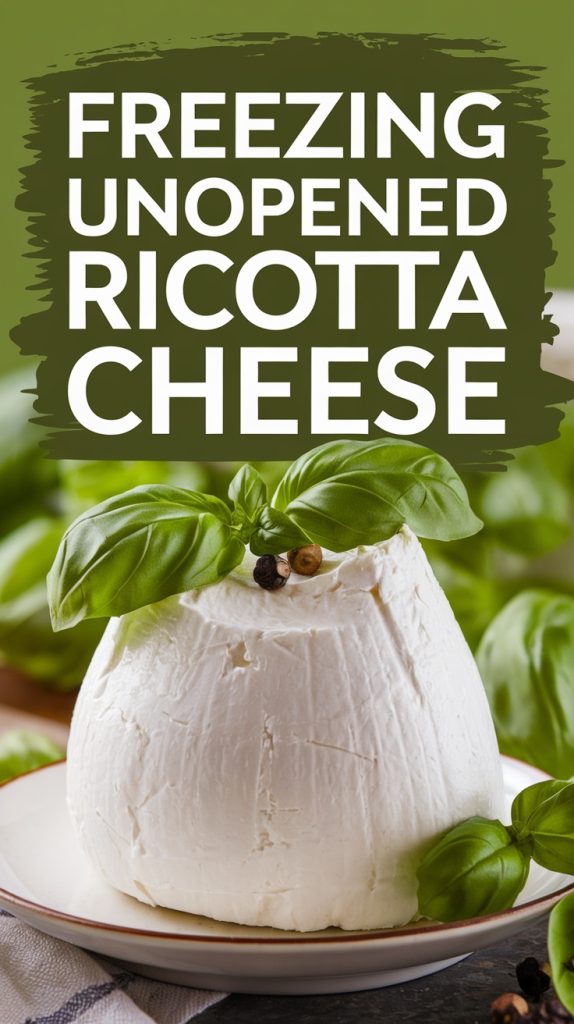
If you’ve got unopened ricotta cheese that you won’t use right away, freezing it can be a smart way to preserve its freshness.
You can freeze unopened ricotta cheese directly in its original packaging, as the airtight seal helps maintain its quality during storage. This method greatly extends the shelf life of store-bought ricotta, often beyond the expiration date printed on the package.
To ensure the best results, store the unopened ricotta in the coldest part of your freezer. It’s a good idea to label the package with the freezing date and aim to consume it within two months for peak quality.
Just keep in mind that while freezing ricotta cheese is convenient, you might notice a texture change after thawing due to ice crystal formation.
When you’re ready to use it, thaw the ricotta in the refrigerator for a few hours or overnight. This method helps it retain some of its original texture.
Although the texture may not be exactly as it was, you can still enjoy your ricotta in various dishes like lasagna, stuffed pasta, or creamy dips.
Freezing Opened Ricotta Cheese
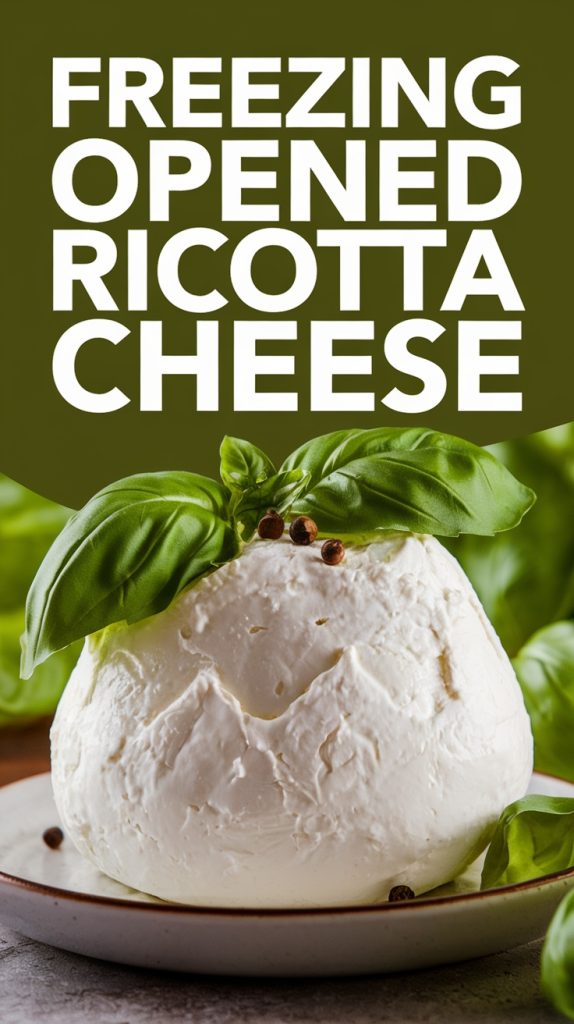
When you’ve opened a container of ricotta cheese and can’t use it all right away, freezing it can be a great solution to avoid waste. To successfully freeze ricotta cheese, follow these simple steps:
- Stir and Drain: Before you freeze, stir the ricotta to distribute moisture evenly. If there’s excess liquid, drain it using paper towels.
- Portion It Out: Transfer the cheese into smaller portions or use ice cube trays. This way, you can thaw only what you need later, minimizing waste.
- Use an Airtight Container: Place the portions in an airtight container to prevent freezer burn, ensuring the quality remains intact during freezing.
- Label and Date: Don’t forget to label the containers with the freezing date. For best quality, use the ricotta within two months.
Once you’re ready to use the thawed ricotta, remember to stir it thoroughly. It may separate during freezing, but a good mix will restore that lovely, creamy consistency you love.
Freezing Homemade Ricotta Cheese
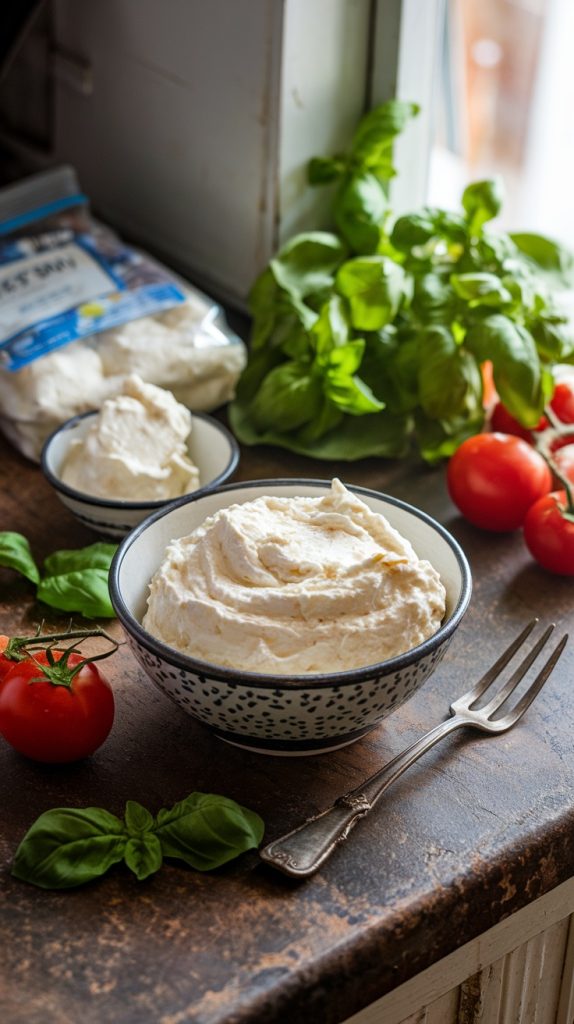
Freezing homemade ricotta cheese is a practical way to extend its shelf life and reduce waste. Since homemade varieties lack preservatives, aim to use your frozen ricotta within a month.
To freeze, transfer the ricotta cheese into an airtight container or tightly wrap it in plastic wrap. This prevents freezer burn and moisture loss, ensuring better quality upon thawing.
It’s wise to portion your homemade ricotta into smaller servings before freezing. This strategy not only makes thawing easier but also helps minimize waste, allowing you to use just what you need.
When you’re ready to use it, simply take out the desired portion and let it thaw in the fridge.
Keep in mind that thawed homemade ricotta may have a grainy texture due to ice crystal formation. To restore its consistency, stir it thoroughly before using it in your recipes.
Thawed ricotta works best in cooked dishes, like casseroles or baked pasta, where the texture change is less noticeable. By following these steps, you can enjoy your homemade ricotta cheese even after freezing!
Portioning for Convenience
To make your ricotta cheese easier to use later, start by dividing it into manageable portions. Consider cutting it into ½ cup servings, which work well in most recipes and help reduce waste.
If you want even more convenience, use ice cube trays to freeze the cheese in single-serving sizes. This method allows you to thaw exactly what you need without any fuss.
Once you’ve portioned the cheese, wrap each serving tightly in plastic wrap or place it in airtight containers. This step is vital to prevent freezer burn and maintain the cheese’s quality.
When you seal the containers or bags, be sure to remove as much excess air as possible to help preserve the texture and flavor during freezing.
Lastly, don’t forget to label each container with the freezing date. Keeping track of freshness guarantees you’ll use the ricotta within the recommended two-month period.
Tips for Packaging and Labeling Ricotta Cheese for Freezing
When it comes to packaging ricotta cheese for freezing, guaranteeing it stays fresh and high-quality is key. Here’s how to do it effectively:
- Choose the Right Container: If your ricotta is unopened, you can freeze it in its original packaging as long as it’s airtight. For opened ricotta, transfer it to an airtight container or wrap it tightly in plastic wrap to prevent freezer burn and moisture loss.
- Portion It Out: Consider portioning the ricotta into smaller amounts, like ½ cup servings or using ice cube trays. This makes future use convenient and helps reduce waste.
- Remove Excess Air: If you’re using a freezer bag, make sure to remove any excess air before sealing. This minimizes ice crystal formation and helps maintain texture quality during freezing.
- Label Everything: Always label your containers or bags with the freezing date and a use-by date, ideally two months from the freezing date. This keeps track of freshness and guarantees you use it in time.
Frequently Asked Questions
What Is the Best Way to Freeze Ricotta?
To freeze ricotta, transfer it to an airtight container, removing excess moisture. Portion it into smaller amounts for easy thawing, wrap tightly, and label with the date. Consume within two months for best quality.
Why Does Ricotta Say “Do Not Freeze”?
You’d think freezing ricotta would be fine, but it actually leads to grainy, unappealing texture changes. That’s why it says “do not freeze”—to keep your dishes delicious and maintain that creamy quality you love.
How Long Can You Keep Ricotta Cheese in the Refrigerator?
You can keep unopened ricotta cheese in the refrigerator for a few weeks past its best by date. Once opened, it’s best to consume it within 5 to 7 days for ideal freshness.
Can You Freeze Ricotta and Cottage Cheese?
Yes, you can freeze ricotta and cottage cheese, but expect texture changes. Transfer them to airtight containers, and use thawed cheese in cooked dishes like casseroles to enjoy the best flavor and consistency.
Freeze Ricotta Cheese: Enjoy Its Versatility and Save Money
To sum up, freezing ricotta cheese is a practical way to reduce waste and save money, especially since about 40% of food in the U.S. goes uneaten. By following the proper steps to freeze and thaw ricotta, you can maintain its creamy texture for future dishes.
Whether you’re whipping up a lasagna or adding it to a savory pancake, thawed ricotta can still shine in your recipes. So go ahead, freeze that ricotta and enjoy its versatility later.



